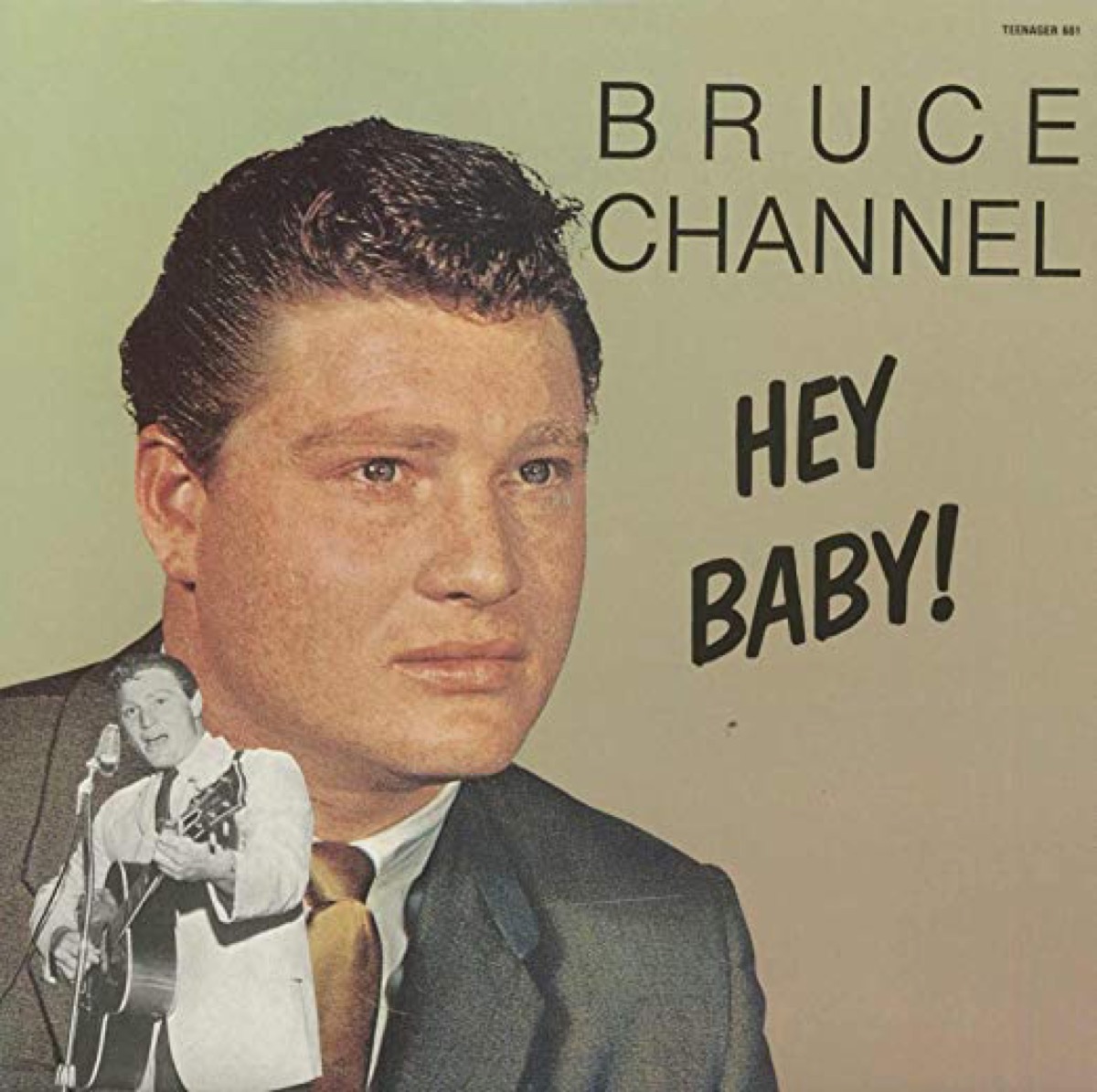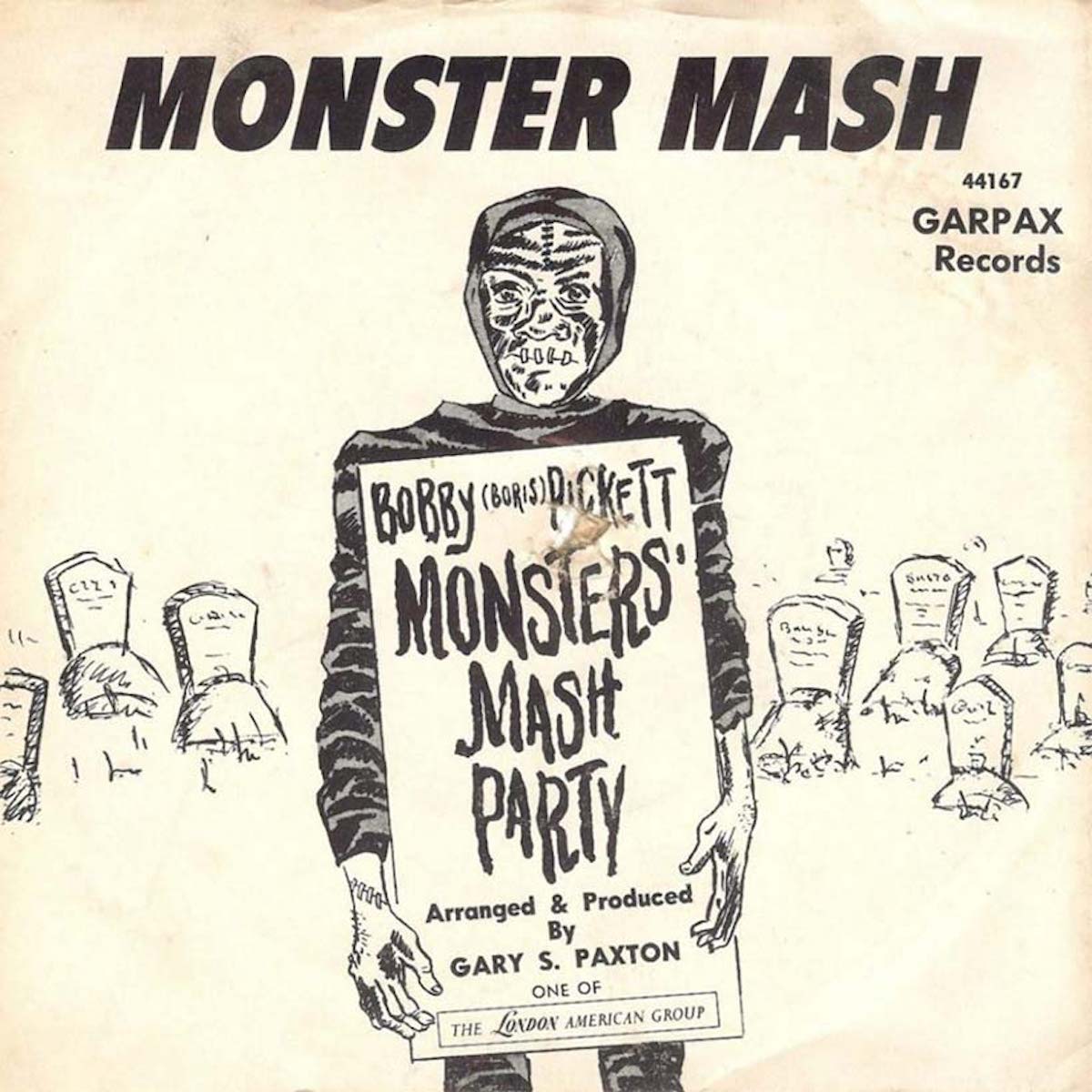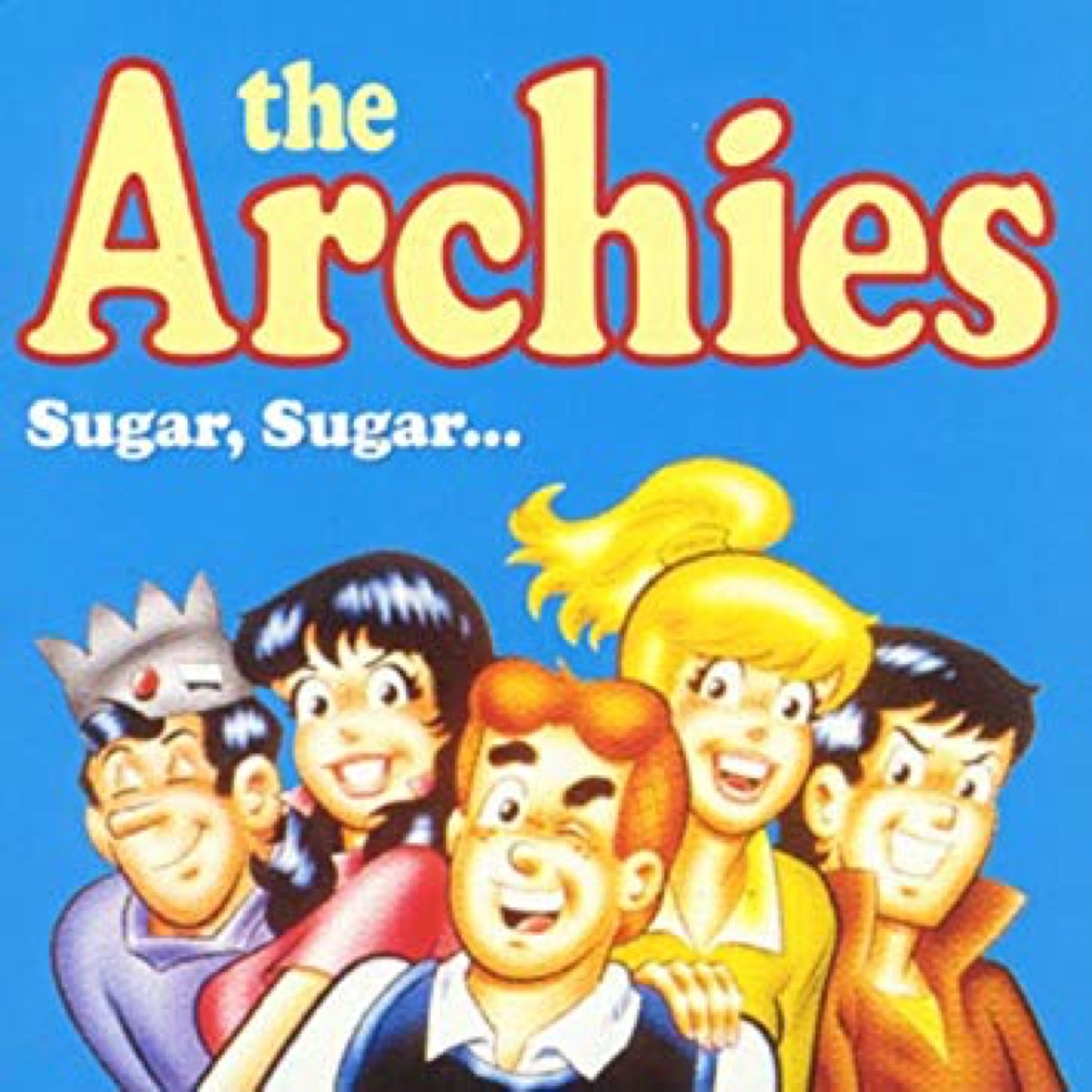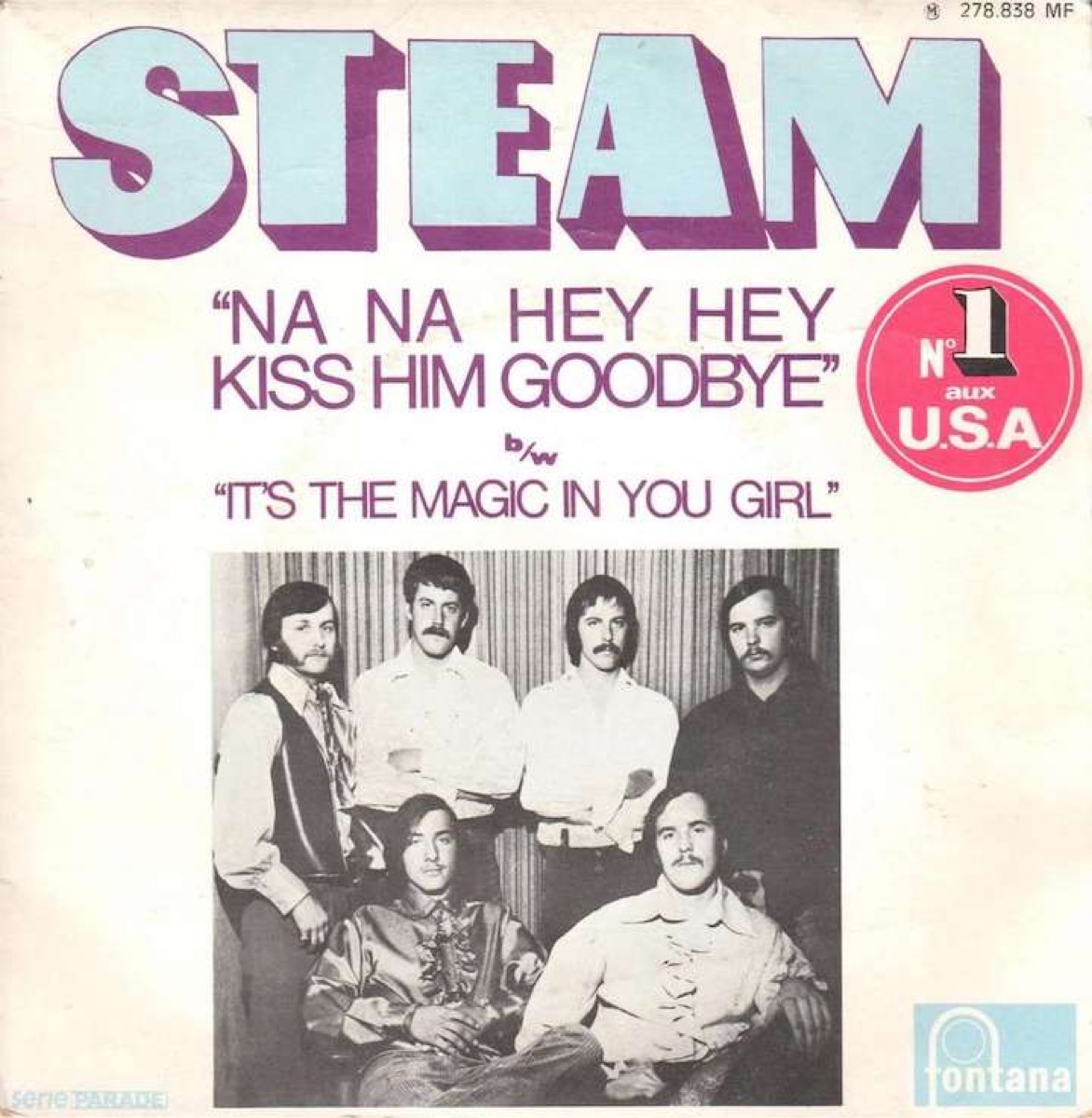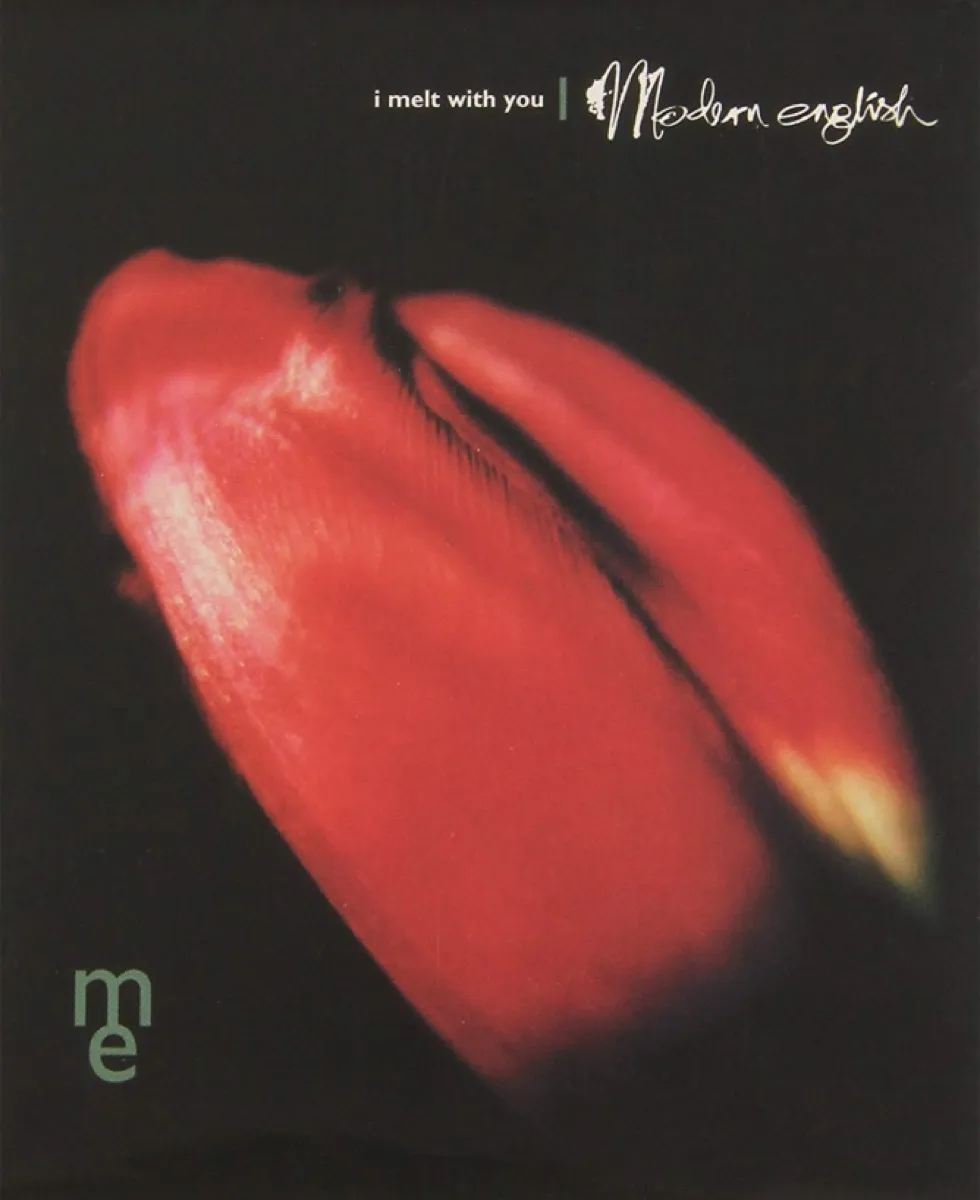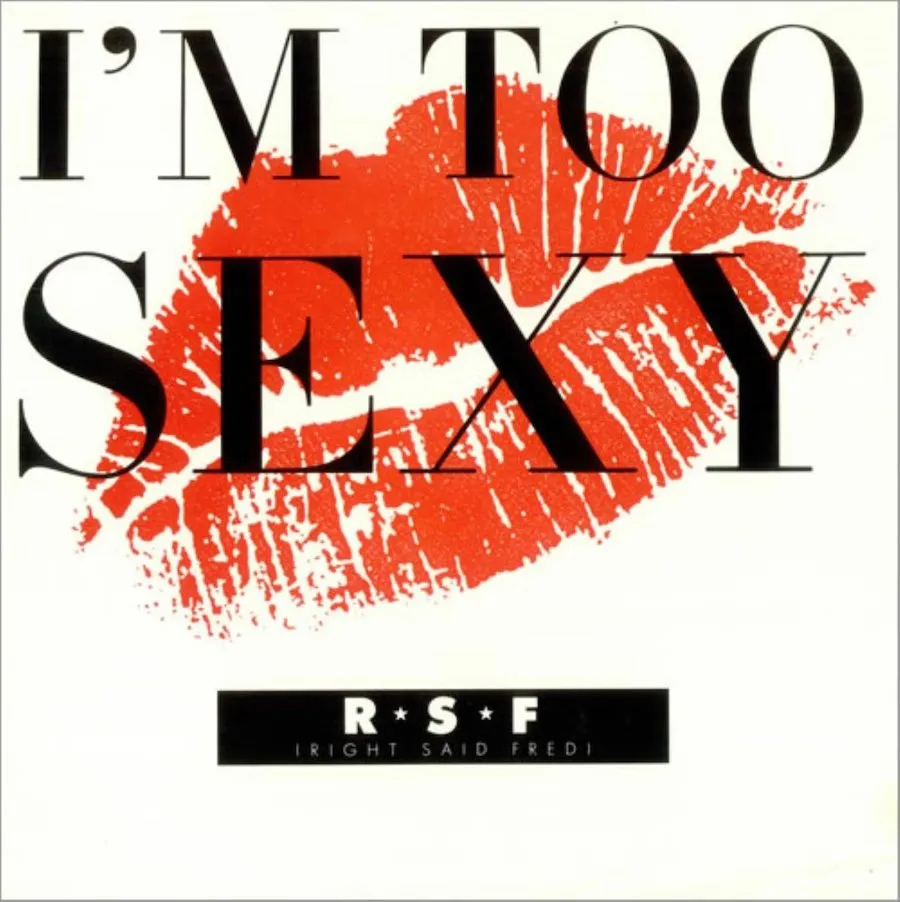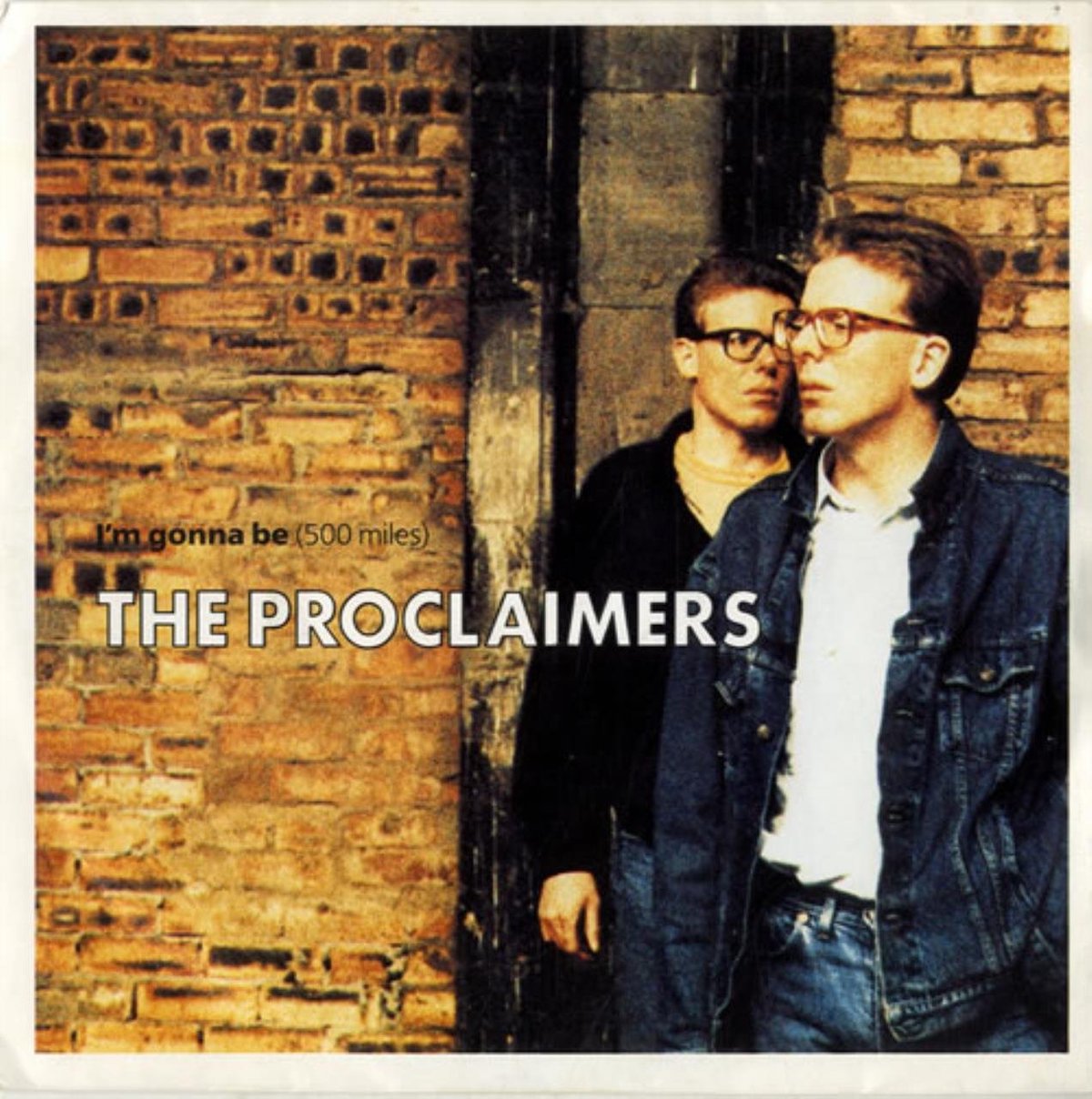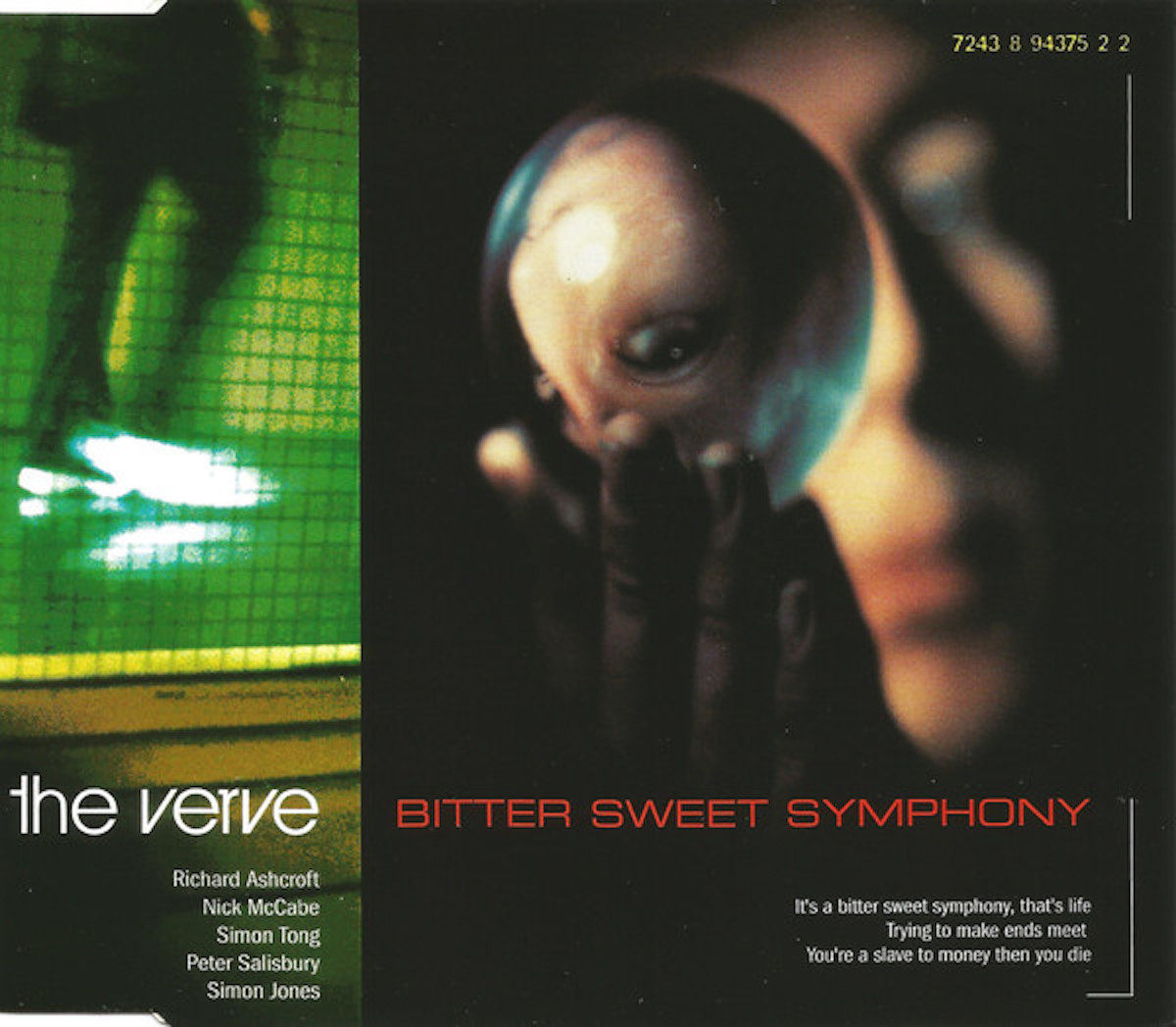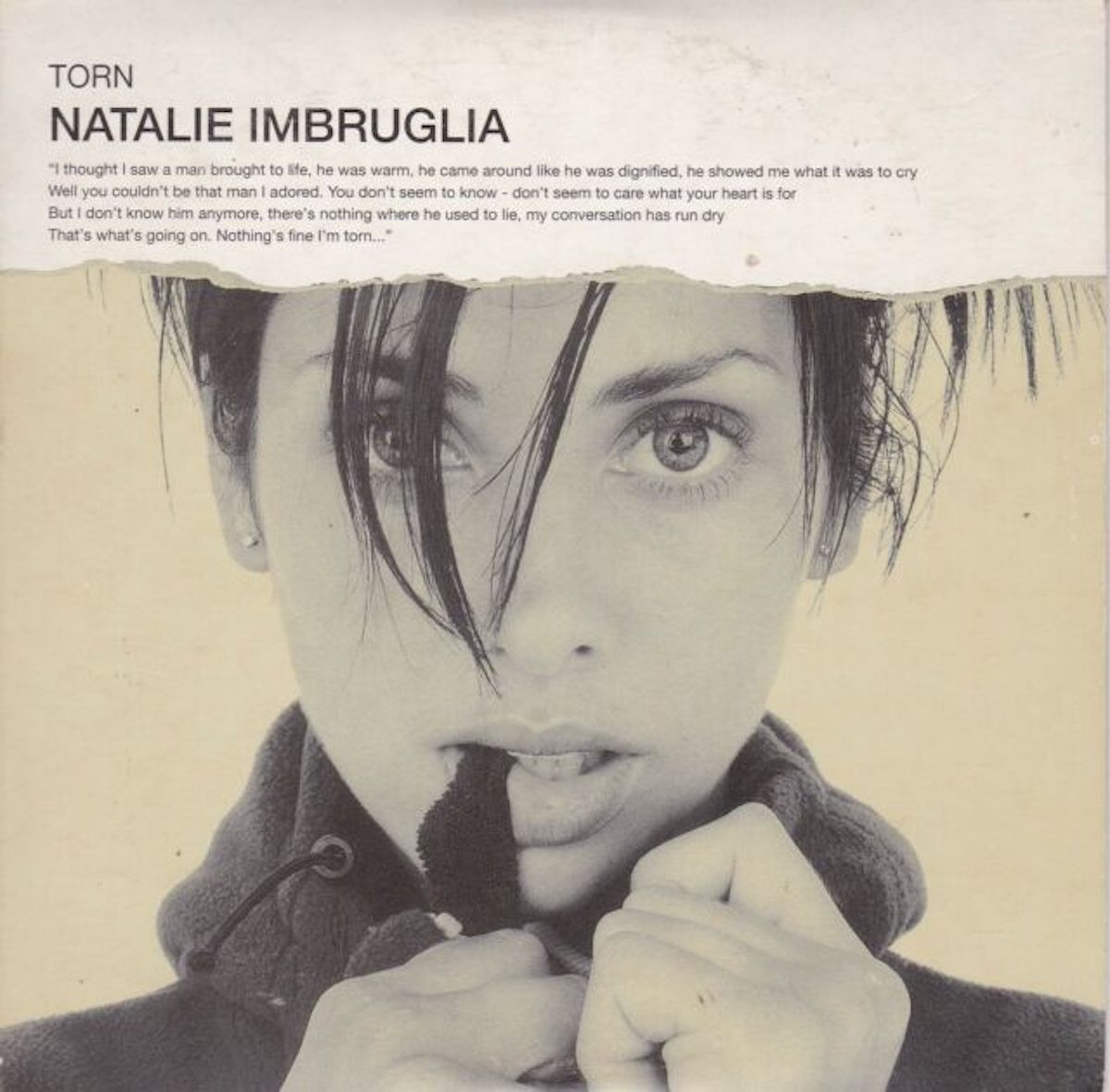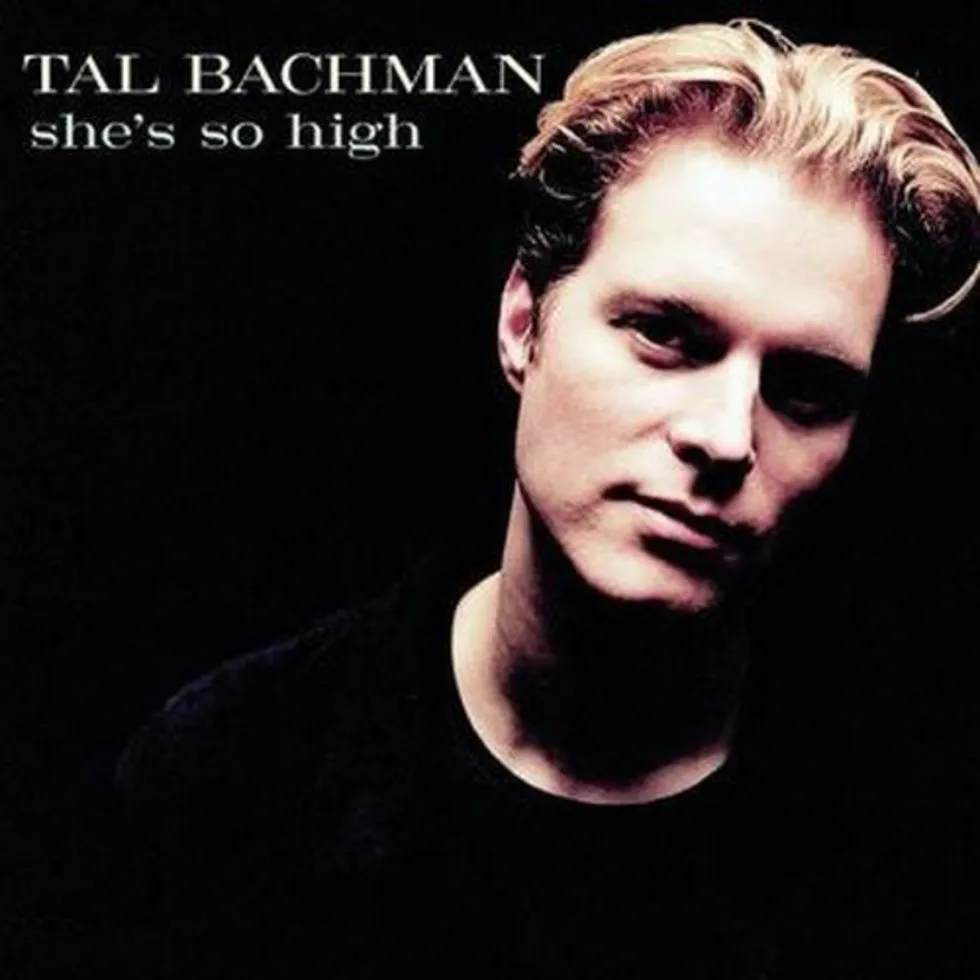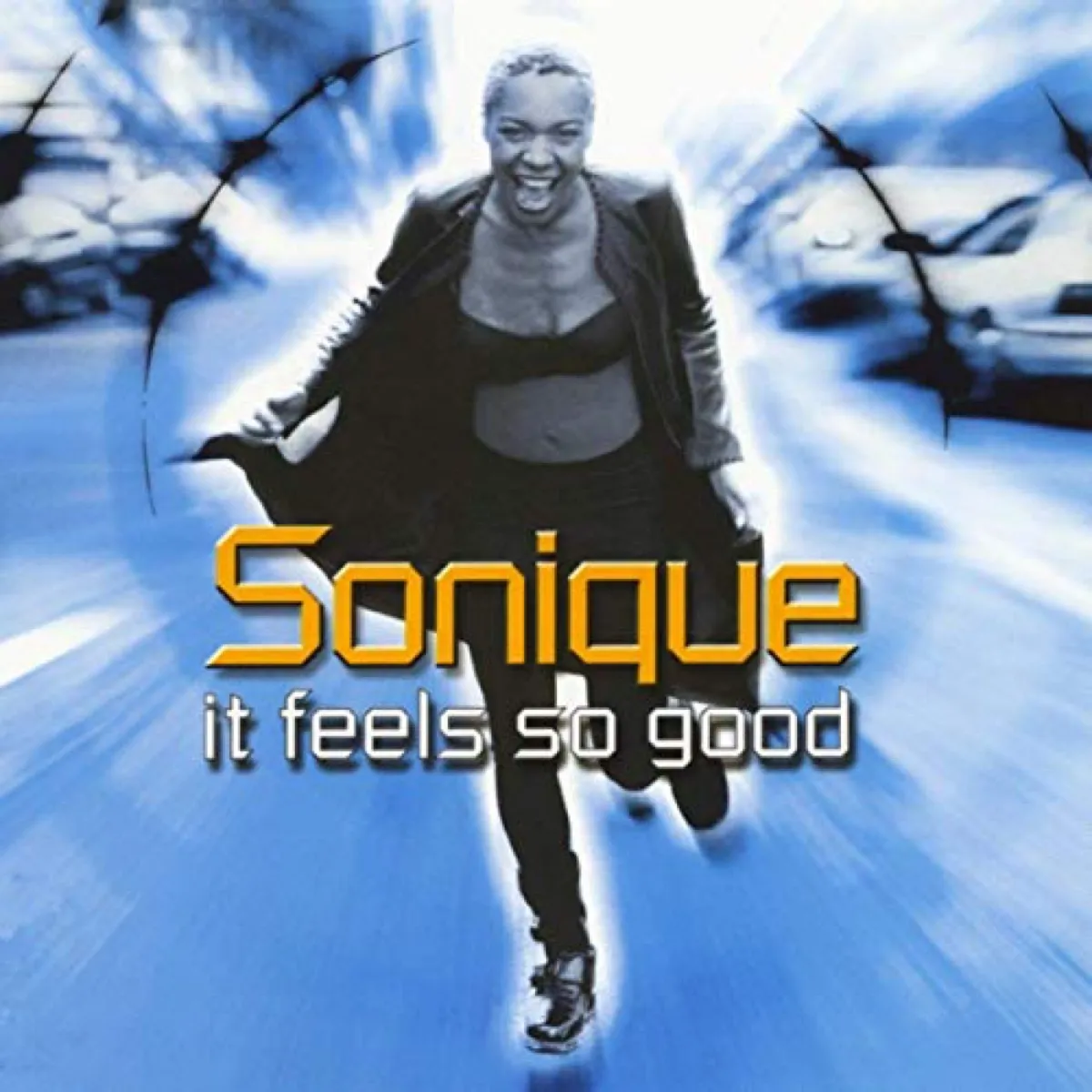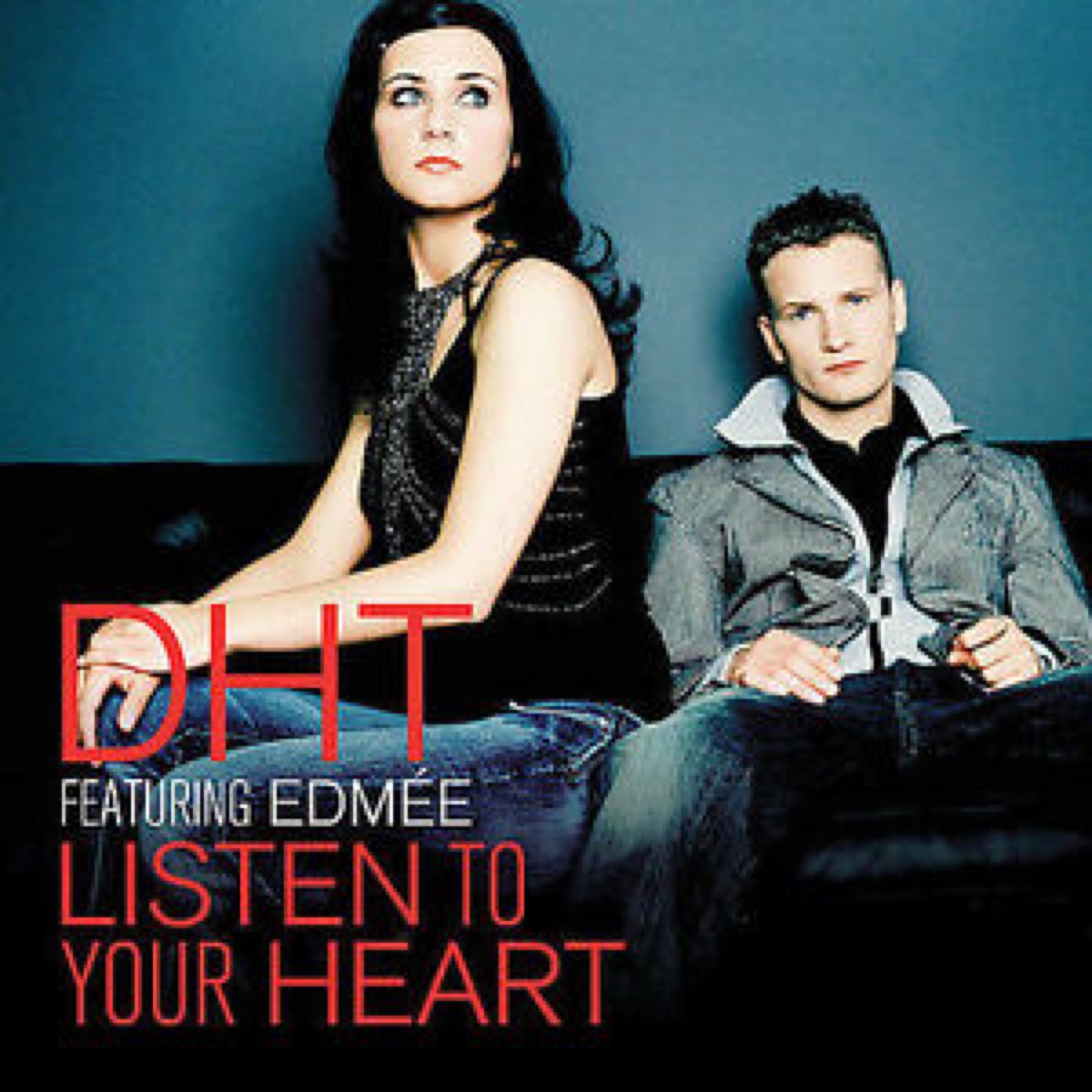But just because they never managed to reach the success of their biggest hits a second time around, that doesn’t make their songs any less legendary. In our humble opinions, one-hit wonders are also worthy of celebration. So, in honor of those artists who captured lightning in a bottle, we went back to the late 1950s all the way through the early 2000s to find the best one-hit wonders of all time. We dare you not to hum along with the songs that brought them their fleeting 15 minutes of fame.
This catchy single only has three words—and they’re all “tequila.” Sure, the lyrics aren’t particularly novel, but the song still brought The Champs massive success in the late ’50s. After all, “Tequila” is easy to learn and impossible to forget. It landed at the No. 5 spot on Billboard’s top 50 singles of 1958. The Champs tried to recapture that glory with a sequel song titled “Too Much Tequila” in 1960. Unfortunately, it only managed to rise to the No. 30 spot on the Billboard Hot 100.
While diehard Disney fans and ’90s kids know this song from The Lion King, long before Timon and Pumbaa’s take, there was The Tokens’ 1961 version. The song was a cover of the 1939 Zulu song “Mbube.” Though there have been countless iterations of “The Lion Sleeps Tonight” since, The Tokens’ doo-wop track was the first to bring the song to the top of the charts. And while they continued to make music throughout the ’60s and ’70s, none of their other songs could come close to matching the success of their jungle-themed classic.
If you’re a child of the 1960s, you associate this sweet little ditty with Bruce Channel, who co-wrote and recorded this track at the beginning of the decade. In 1962, it skyrocketed to the top of the Billboard Hot 100 chart, where it reined supreme for three weeks. But if you’re a child of the 1980s, “Hey! Baby” likely makes you think of Dirty Dancing, particularly the iconic scene in which Johnny and Baby practice their routine on a log. Sure, it may have been Channel’s only big hit, but at least it resonated for decades.
This graveyard smash is a testament to just how much people in the 1960s went nuts for a song with crazy choreography. With the added theme of Halloween and Bobby “Boris” Pickett’s spot-on impersonation of Boris Karloff (aka Frankenstein’s monster), “Monster Mash” was a surefire formula for success, however fleeting. Pickett tried to find a chart-topping hit again with the 1962 Christmas song “Monster’s Holiday” and 1963’s “Graduation Day,” but they failed to reach the success of his original monster hit.
In 1963, The Surfaris’s song “Wipe Out” peaked at No. 2 on the Billboard Hot 100 chart. Even if you don’t recognize this song by its title or by name of the band who sings it, you’d certainly know it by its introduction—the sound of a breaking surfboard and a maniacal laugh—and its iconic drum solo, courtesy of Ron Wilson. Everyone from The Beach Boys to Animal from The Muppets have covered this legendary surf track, which was the first and final big hit from this California-based band.
The song “96 Tears” is a surprisingly catchy hit about too much crying. It brought the garage rock band Question Mark and the Mysterians some fleeting success in the mid-1960s, but it wasn’t enough to keep them in the limelight into the next decade. We can’t imagine that question mark at the beginning of their name helped them maintain relevance.
This song was all over the charts in the 1960s. Not only did it land on the Billboard Hot 100 chart when it was originally released in ‘66, but it made its way back into the top 50 in 1969 when it was re-released both as a single and on the album The Great J. J. Jackson. The bad news? Jackson didn’t see much chart action after that. But, to quote the singer himself, “it’s alright (alright, girl).”
In 1969, a fictitious cartoon rock band managed to earn the top spot on a Billboard Hot 100 chart—and kept it for a month! It was such a shocking success, it’s no wonder The Archies weren’t able to duplicate it. The band, of course, came courtesy of The Archie Show, an animated TV adaptation of the Archie Comics, which premiered in 1968. Though they released a couple of songs during the show’s run, their most successful by far was “Sugar, Sugar,” on which Toni Wine and Ron Dante sang lead vocals.
It’s pretty crazy to think that one of the most commonly played songs at sporting events came from a one-hit wonder. Steam’s “Na Na Hey Hey Kiss Him Goodbye” became a huge hit in 1969, spending two weeks at the top spot on the Billboard Hot 100. The band never had another hit and then, in 1977, the organist at a White Sox game played the song to taunt the visiting team and soon, Steam became part of baseball history. (And yes, there are more lyrics than “Na na na / Na na na / Hey hey hey / Goodbye.”)
You know “Spirit in the Sky,” that song you grew up listening to about how Jesus is going to set you up with the spirit in the sky when you die and they lay you to rest? Well, it was written and performed by Norman Greenbaum, a Jewish man who was inspired to write the song not by his faith, but by a TV appearance of country gospel singer Porter Wagoner. “I thought, ‘Yeah, I could do that,’ knowing nothing about gospel music,” Greenbaum told The New York Times in 2006. “So I sat down and wrote my own gospel song. It came easy. I wrote the words in 15 minutes.” Unfortunately for Greenbaum, the song was also the only 15 minutes of fame his career saw.
Albert Hammond might have had a smash hit about the rain in California, but it was hardly pouring hits for him as a performer in the ’70s. The song peaked at No. 5 on the Hot 100 chart, and though he never managed to repeat the success of “It Never Rains in Southern California” as a singer, all was not lost for Hammond: In the ’70s, ’80s, and ’90s, he found massive success as a songwriter. He co-wrote Whitney Houston’s “One Moment in Time” and Starships’ “Nothing’s Gonna Stop Us Now,” with the legendary Diane Warren.
Of course, we don’t condone cheating, but it’s hard not to get caught up in the story of Mrs. Jones when Billy Paul croons about her. The 1972 track spent three weeks at the No. 1 spot on the Billboard Hot 100 chart in 1972, but “Me and Mrs. Jones” was a flash in the pan for Mr. Paul. He never managed to have another hit crack the top 10.
Long before this song had new life courtesy of the Marvel hit Guardians of the Galaxy and even before it gained popularity in the ’90s thanks to Quentin Tarantino’s Reservoir Dogs, ’70s kids were walking around singing “ooga-chaka ooga-ooga” (whatever that means). Still, “Hooked on a Feeling,” which itself was a cover of B.J. Thomas’ 1968 original, is the only hit Swedish rock band Blue Swede ever had—in any decade.
Do the lyrics of this magical song about daybreaks and lazy days in bed have any sort of rhyme or reason? Hardly. And yet, the 1974 single from Pilot rose all the way to No. 5 on the Hot 100 chart back in its heyday. Upon the tune’s initial release, you couldn’t go five feet without hearing someone sing, “Oh ho ho, it’s magic!"—even if they had no idea what, exactly, it was. Unfortunately, Pilot failed to recreate the magic of “Magic,” but the one-hit wonder continues to be featured on TV shows and in movies, from Happy Gilmore to the Herbie: Fully Loaded reboot with Lindsay Lohan.
It was fate, really, that brought this one-hit wonder into existence. In the 1970s, rock band Wild Cherry—whose name was inspired by a box of cough drops—was performing at a club when someone in the audience screamed, “Play some funky music, white boy!” The rude request inspired frontman Rob Parissi to pen this song, which has allowed us to lay down that boogie ever since. Sure, it was the band’s only big hit, but it was a massive one: It climbed all the way to the No. 1 spot on the Billboard Hot 100 in 1976.
Amazingly, this successful song from one-hit wonders Thin Lizzy almost didn’t make it onto the airwaves. “We weren’t initially going to put ‘The Boys Are Back in Town’ on the Jailbreak album at all,” guitarist Scott Gorham said in a 2015 interview with Classic Rock. “But then the management heard it and said, ‘No, there’s something really good about this song.’” Thank goodness for that, because “The Boys Are Back in Town” is the only truly successful song Thin Lizzy has ever really had. (Sorry, boys!)
You’ll be hard-pressed to find a more melodic, more tasteful, or more catchy song about a midday rendezvous than “Afternoon Delight.” And when it’s right, boy, is it right: For this song alone, Starland Vocal Band won both Best New Artist of the Year and Best Arrangement for Voices at the 1976 Grammys. If you’re going to only have one hit, it doesn’t sting too much if it’s as big as this one.
If video killed the radio star, then what do The Buggles have to blame for the death of their short-lived career? The two-man band quickly rose to prominence with “Video Killed the Radio Star” and its accompanying music video that literally launched MTV in 1981 (it’s famously the first video the network played). But after that, well, it seems video killed the video star.
Believe it or not, the “bell” in the song “Ring My Bell” refers to the telephone. The PG song was originally written for 11-year-old Stacy Lattisaw as a teenybopper hit about friends hitting each other up on the phone, but it was gifted to Anita Ward when Lattisaw signed with another label. Though “Ring My Bell” made it to the No. 1 spot on the Hot 100, Ward never managed to follow it up with another major hit.
Funkytown might not be a real place that you can visit, but just hearing the fictitious town’s name sure does take us back to a time when disco and leisure suits were all the rage. This song, the first and only hit that the band Lipps Inc. ever produced, will always hold a place in our hearts as an ode to the nonchalance and freedom of funk music.
If you grew up in the ’80s, then you probably memorized “867-5309” before you ever even memorized your best friend’s digits. Heck, you might’ve even tried calling the number a few times, only to be disappointed when the infamous Jenny didn’t pick up. Guess she changed her number after all. Tommy Tutone may have created one of the most famous phone numbers in pop culture history, but they never managed to create another hit after this track soared to the No. 4 spot on the Billboard Hot 100.
Voted the No. 5 best one-hit wonder of all time by Rolling Stone, “Tainted Love” is one of those songs that even people who didn’t grow up in the ’80s know by heart. And when you hear that catchy, scornful chorus, you just can’t help but join in. Unfortunately, Soft Cell never ran away or got away with another hit song after “Tainted Love” landed at No. 8 on the Hot 100 chart.
“I Melt With You” was the 1982 hit single from British band Modern English. The band might not have had any follow-up chart-toppers, but at least their one and only hit lives on via endless covers and on every “best one-hit wonders” list of all time. (Here they are at No. 7 on VH1’s “100 Greatest One-Hit Wonders of the ’80s.”)
You might have assumed that The Weather Girls saw much more mainstream success following their massive 1982 hit “It’s Raining Men,” but have we got neewwwwsss for you. (Uh huh.) Though the female duo was able to stay on the Billboard Hot 100 for 11 weeks with “It’s Raining Men,” their singles that followed were only niche hits on Billboard’s dance club music chart.
You can’t make a list of the best one-hit wonders without mentioning “Come on Eileen.” Released in 1982, the song—which frontman Kevin Rowland has said was inspired by a real relationship of his—spent 23 weeks on the Billboard Hot 100 chart and even managed to secure the No. 1 spot. So, what was Dexys Midnight Runners’ most “successful” track after that? “The Celtic Soul Brothers,” which peaked at No. 86 (hence the one-hit wonder status).
You can dance if you want to to this song, but you probably shouldn’t get too attached to the band behind it. Though “The Safety Dance” was a major hit upon its release in the early ’80s, Men Without Hats was never able to follow it up with a song nearly as successful, which eventually led to them taking a long hiatus. At least the band embraces their one-hit wonder status today, though: Their official website is safetydance.com.
This synthpop single was the go-to song for getting groovy in the mid-1980s. What ’80s kid could forget its live-action pencil sketch music video, which features a black-and-white mystery man literally coming out of the pages of a comic book? As for A-Ha’s other music, however? Yeah, that’s pretty forgettable. Nothing managed to best or even meet the performance of “Take on Me,” which peaked at No. 1 on the Hot 100 chart in 1985.
Katrina and the Waves made waves in the mid-1980s when “Walking on Sunshine” was released. The catchy, uplifting single spent a staggering 21 weeks on the Billboard Hot 100 chart, peaking at No. 9 in June 1985. After that, the band struggled to duplicate the chart-topping success of “Walking on Sunshine” with a few follow-up tracks in the mid- to late-’80s.
Even though “(I Just) Died in Your Arms” made it all the way to the No. 1 spot on the Hot 100 chart back in ‘87, most people don’t actually know what the song’s about. As the story goes, the title of the song is meant to be a euphemism for an orgasm, as the English translation for the French term for an orgasm—la petite mort—is “the little death.” And Cutting Crew experienced a little death of their own after their chart-topping hit. Their follow-up track, “I’ve Been in Love Before,” found some success, but was nowhere close to the ubiquity of “(I Just) Died in Your Arms.” They should’ve walked away. When Right Said Fred released their debut single “I’m Too Sexy” in 1991, the band was off to a running start. The song peaked at No. 1 on the Hot 100 chart at the beginning of 1992, and Billboard described the song as a “thoroughly fun and goofy ditty.” Though “I’m Too Sexy” saw massive mainstream success, Right Said Fred never had any massive follow-up hits in the U.S. At the end of the day, the English band might have indeed been too sexy.
“Memphis was the first place I decided to go in my search for inspiration,” musician Marc Cohn revealed in a first-person article for Keyboard in 2017. The result of that trip—which included touristy visits to Graceland, and eating ribs at Rendezvous—was “Walking in Memphis,” Cohn’s first (and only) hit to ever make it into the top 20 on the Billboard Hot 100 chart. At least he’ll always have Memphis.
Though “I’m Gonna Be (500 Miles)” was released in Europe in 1988, it was made popular in the U.S. by the 1993 film Benny & Joon, which is when it was released stateside. The track, though a huge success, quickly proclaimed the Scottish duo who sang it, The Proclaimers, as one-hit wonders. Though the band saw further success in Europe, they were never able to develop much of a devout following in America.
You might not recognize this once-popular song by its title, nor would you likely know the band who sings it. However, you’d only have to hear the first few seconds of this thumping worldbeat rock hit before you instantly started singing along. (Good luck trying to keep up when lead singer Michael Glabicki talk-sings “youknowwhattheysayabouttheyoung,” though.) It’s featured in tons of movies—from Ice Age and Matilda—and, yes, it’s basically the theme song for Enterprise Rent-a-Car. It’s also the only hit Rusted Root has to their name. Oh, and fun fact: NASA engineers chose it as “wake up” music on the Mars Rover expedition in 2003!
If you grew up in New Zealand, then it’s probably makin’ you crazy to think of the band OMC as a one-hit wonder. If you grew up anywhere else in the world, however, then the only song of theirs that you probably know is “How Bizarre,” the hit single from the Kiwi band’s eponymous 1005 debut album. Still, we hope Sister Zina and Brother Pele are doing well.
Taking its title from the classic Audrey Hepburn movie, “Breakfast at Tiffany’s” is the 1995 hit single from Deep Blue Something. And given that the song is the only one produced by the band to have ever found mainstream success, it’s little surprise that the band members have grown more and more sick of it over the years. “There were definitely times it got a bit frustrating to constantly talk about ‘Breakfast at Tiffany’s’ in every interview or appearance,” the band revealed in an interview with Buzz magazine in 2019. “But after all this time, we feel very lucky to be a part of something that strikes a chord with so many people and it’s still a blast to play it at every show. It’s always a massive singalong and there’s nothing better than that.”
What exactly is “tubthumping”? Well, as former Chumbawamba lead singer Danbert Nobacon explained to the AV Club in 2017, it’s “someone getting up on a soapbox, before electricity, and just saying whatever they wanted to say.” What relevance this word has to the band’s international hit is unclear—even Nobacon admitted that he’s “not sure why we called that song ‘Tubthumping’"—and yet somehow, it feels like the appropriate title for one of the most repetitive, most confusing, and frankly, most annoying songs in existence. So, what’s it doing on this list of the best one-hit wonders, you ask? Well, it is the true definition of the term: It’s a massive earworm the world knew, but few could tell you the name of the band who sings, even it if their life depended on it.ae0fcc31ae342fd3a1346ebb1f342fcb
The orchestral notes that kick off “Bitter Sweet Symphony” are likely ingrained in your brain whether you realize it or not. This track, from Britpop group The Verve, defined the late ’90s. It climbed to the top 15 of the Billboard Hot 100 in 1998, it was nominated for multiple MTV VMAs, and it even earned a Grammy nod. Sure, it was The Verve’s only major hit—and yes, it led to a credits battle with The Rolling Stones—but it’s lived on in covers by everyone from Beyoncé to Limp Bizkit and in wedding ceremonies worldwide. And if you’re a true ’90s kid, then you definitely associate this one-hit wonder with the 1999 movie soundtrack for Cruel Intentions. (Sorry, Kathryn.)
We have to hope that late ’90s one-hit wonder Natalie Imbruglia is not cold, ashamed, nor lying naked on the floor. The Aussie singer’s cover of Ednaswap’s early 1990s track “Torn” took the world by storm toward the end of the decade. The song peaked at No. 1 on the Hot 100 Airplay chart, where it reined supreme for 11 consecutive weeks, and Imbruglia was nominated for Best New Artist, Best Pop Album, and Best Female Pop Vocal Performance at the 1998 Grammys. But the success of “Torn” never turned into something real for Imbruglia, who failed to recreate the magic of her breakout hit. She’s reportedly working on a new album though with none other than Albert Hammond, Jr., lead guitarist for The Strokes and son of fellow 1970s one-hit wonder, Albert Hammond. Ah, the tangled webs these one-hit wonders weave!
Though “Closing Time” is an iconic ’90s hit, there are few people out there who can actually identify it solely by its title or the band who sings it, Semisonic. It’s such a phenomenon, in fact, that in the 2011 rom-com Friends with Benefits, Mila Kunis’ and Justin Timberlake’s character have a running joke about the song being sung by Third Eye Blind. At the end of the movie, Timberlake surprises Kunis with a flash mob dancing to the song and he screams, “It’s ‘Closing Time’ by the band Semisonic. It’s not Third Eye Blind, can you believe that?!”
Tal Bachman’s “She’s So High” was the song that every boy going through puberty used to try to woo their high school crush in the late ’90s. After all, what higher compliment was there than being compared to Cleopatra, Joan of Arc, and Aphrodite? Bachman may have helped a few pre-teens ask dates to homecoming, but he never had another hit again.
Sonique may have been huge in the U.K., where she managed to have three songs in the top 10, but for Americans, she was a one-hit wonder, known for her 2000 dance track “It Feels So Good.” It reached No. 8 on the Billboard Hot 100, but Sonique couldn’t take herself higher than that stateside.
This is the story of a one-hit wonder known as Nine Days. You might not recognize the band by their name alone, but you definitely know the song that put them in the limelight for a short time in the early aughts. It was a beautiful ballad about a man who was always reminded of how much he loved his girlfriend whenever she smiled (even if she could cry a river and drown the whole world).
In the early aughts, Wheatus’ international hit “Teenage Dirtbag” was every outcast’s anthem. In fact, its edgy chorus, pop-rock melody, and relatable message helped it achieve platinum status in several countries, including Australia and the U.K. Even two decades later, it remains a pop punk anthem for teenagers. Because, as lead singer Brendan B. Brown noted in a 2012 interview with Tone Deaf, “Every teenager has to go through that ‘being an outsider’ thing, at least a little bit. So that story is still the same for people, even if it’s 30 years after I went through it.” Aw, Noel really doesn’t know what she’s missin’!
Even if you didn’t actually know a girl named Stacy, you definitely still sang (inappropriately, we might add) about her mom if you were a teen or tween in the 2000s. The only mainstream hit to ever come from the New Jersey-based group Fountains of Wayne, “Stacy’s Mom” was actually nominated for a Grammy for Best Pop Performance By a Duo or Group With Vocal. Though it ultimately lost, we’ll always have the music video featuring Rachel Hunter as Stacy’s mom.
Kevin Lyttle hasn’t seen much mainstream success since the release of his self-titled debut album in 2004. But don’t feel bad for the washed-up 2000s star: As he revealed to The Source in 2019, his first and only major single, “Turn Me On,” has been a major source of income in the years since its release, thanks to numerous covers and samplings. “I own the publishing on [the Chris Brown song] ‘Questions,’” he explained in the interview. “I also own the publishing for the Cheat Codes’ version, ‘Let Me Hold You,’ which is bigger than the Chris Brown version.” Guess this one-hit wonder’s success wasn’t so Lyttle after all.
In summer 2004, you couldn’t turn on a radio station or music video channel without running into Hoobastank’s “The Reason.” However, though the song made it all the way to No. 2 on the Billboard Hot 100 chart, “The Reason” ultimately ended up being the band’s only major mainstream hit.
“Listen to Your Heart” was originally released by Swedish pop duo Roxette in 1988, but if you didn’t know that, you’re not alone. The track didn’t really take off until 2005 when Belgian trance duo D.H.T. (an acronym for “dance house trance”) remixed it for 2000s club kids and suddenly, people were hand-raving to it everywhere. It became one of the very few trance songs to crack the Billboard Hot 100, where it peaked at No. 8 in 2005. D.H.T. released a few more trance covers, but none as successful as “Listen to Your Heart.”
If you were a teenager in the 2000s, then you were either pawning after a girl who laughed at your dreams while you dreamed about her laughter, or you were that girl. And perhaps that’s why The Click Five’s “Just the Girl” did so well when it was released in ‘05: By September of that year, this single—the only one of the band’s that ever saw any success— was at No. 11 on the Hot 100 chart.
Though the divorce of Nick Lachey and Jessica Simpson resulted in the bitter and abrupt end of Newlyweds: Nick and Jessica, it did give us one good thing: this breakup anthem, the video for which featured Lachey’s now-wife Vanessa Lachey. Of course, the former 98 Degrees frontman saw a ton of success during his boy band days, but to date, this is his only single as a solo artist to crack the Hot 100 top 10.
When Gym Class Heroes went on hiatus in 2009, like Lachey, lead singer Travie McCoy decided to pursue a solo career. The most notable project that came from that solo endeavor was “Billionaire,” the 2010 single featuring Bruno Mars that peaked at No. 4 on the Billboard Hot 100. Since then, McCoy has been featured on other artists’ hit tracks—like Taio Cruz’s “Higher”—but it looks like it’ll take a little longer for him to become a billionaire and land on the cover of Forbes magazine, smiling next to Oprah Winfrey and the Queen of England. And for more on the pop culture of yesteryear, here’s The Hottest A-List Celebrity the Year You Were Born.
